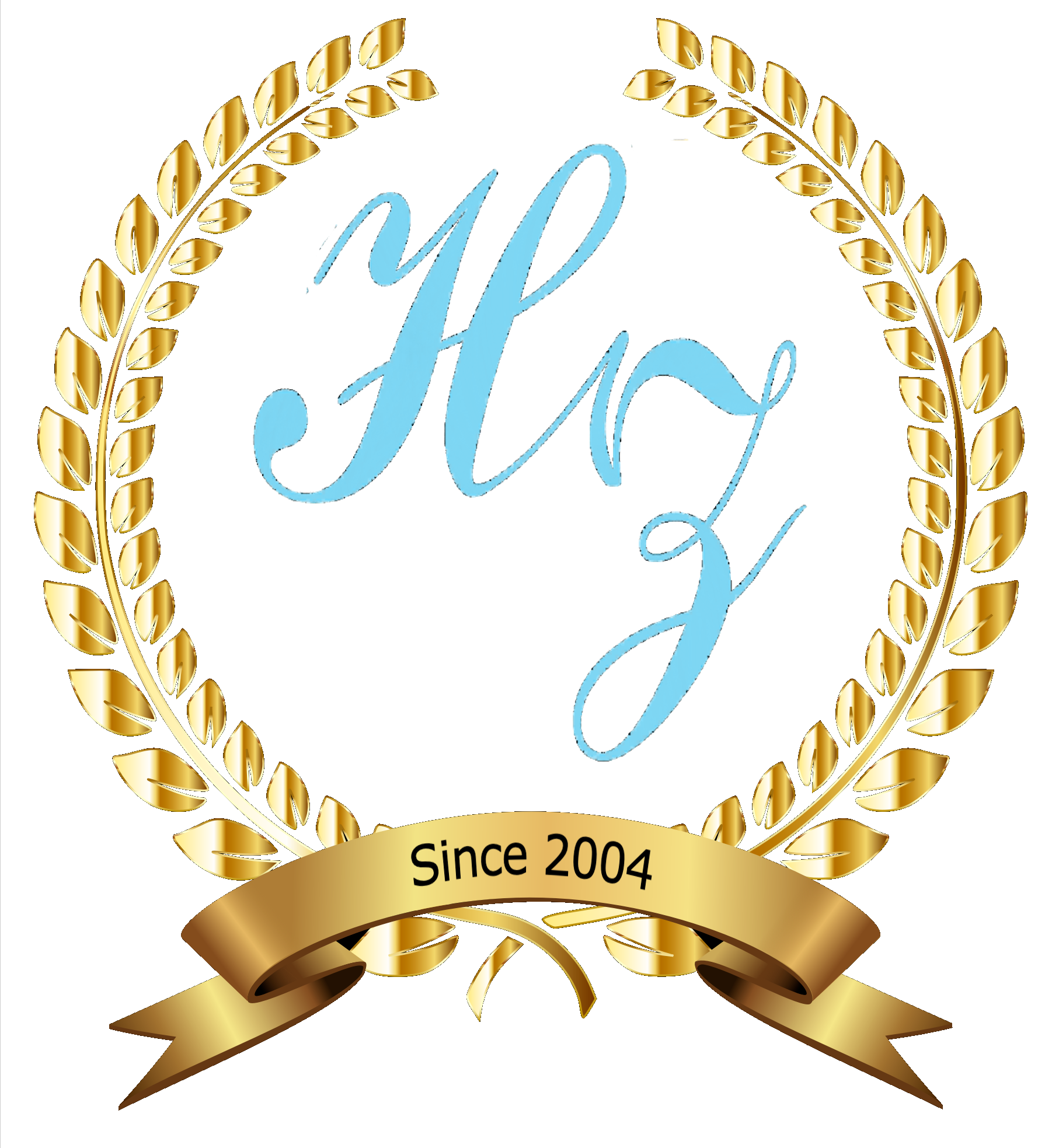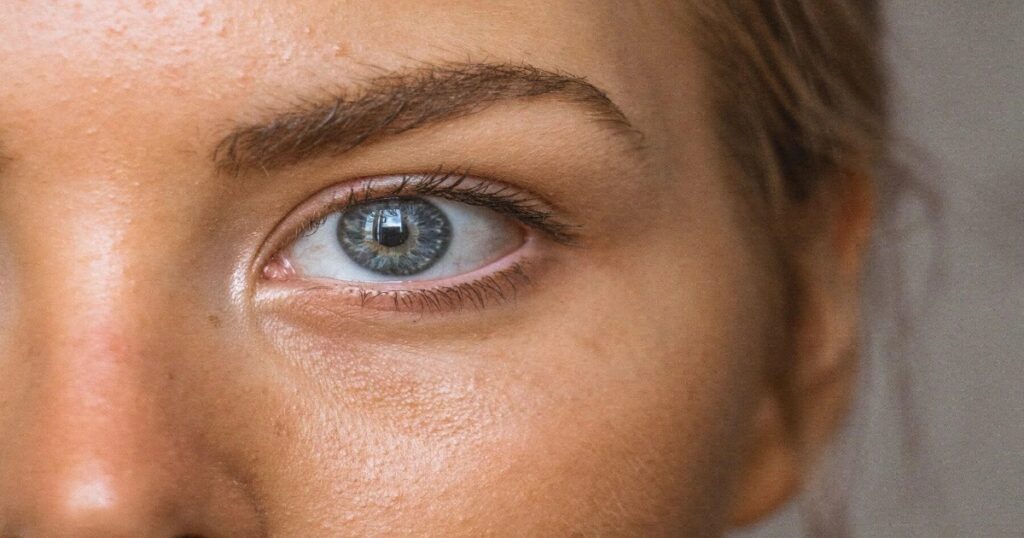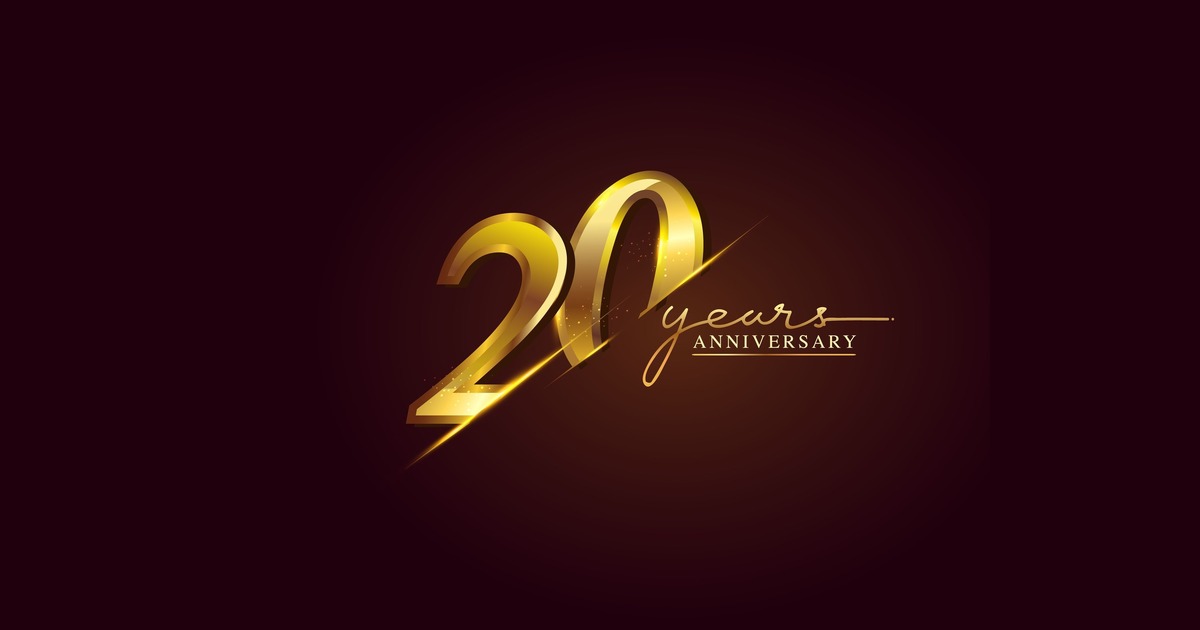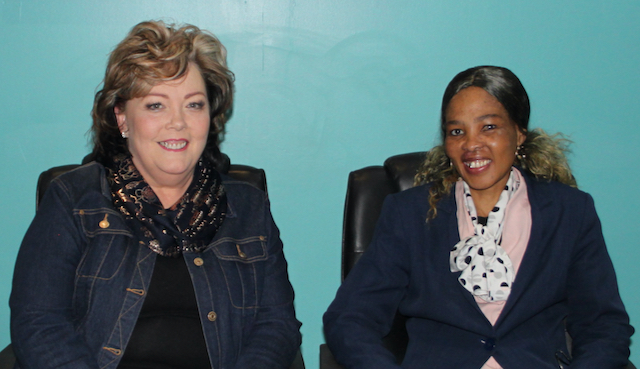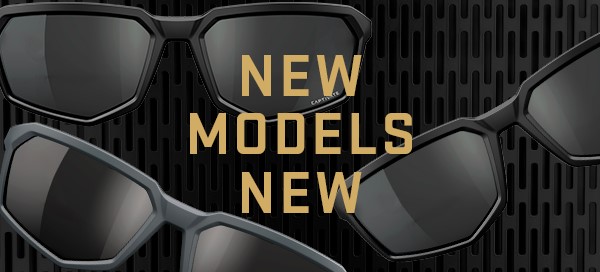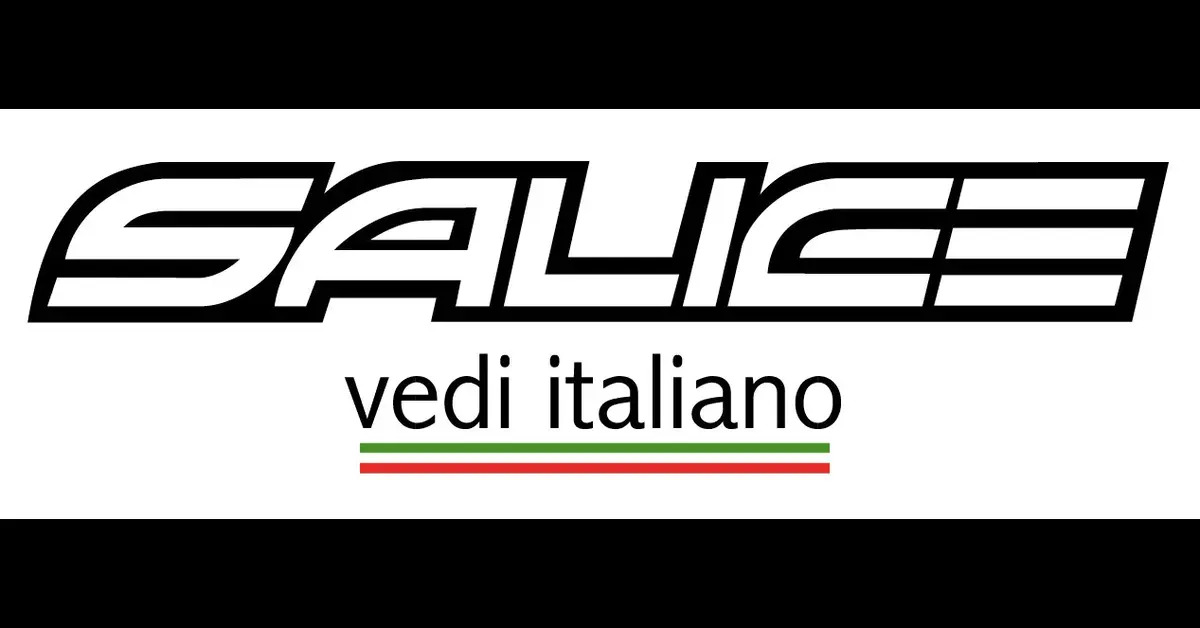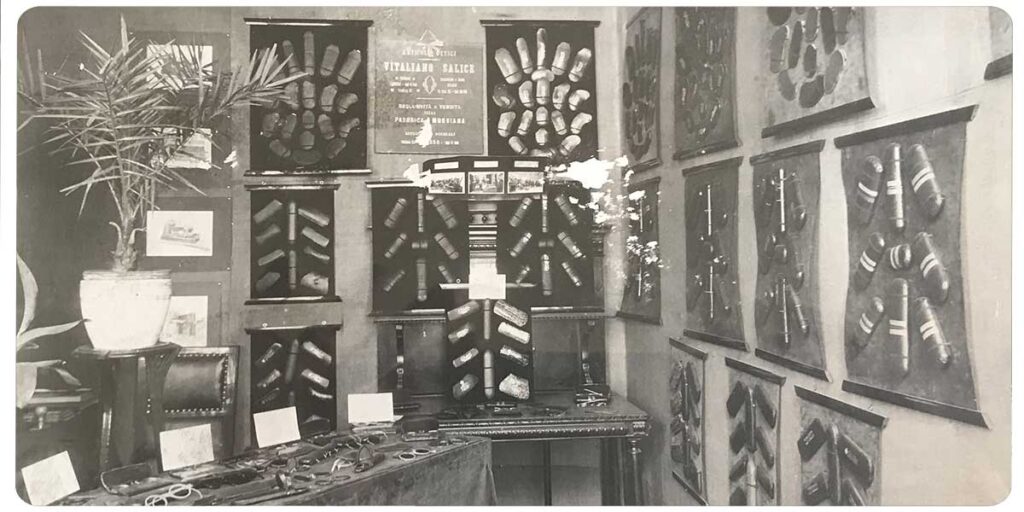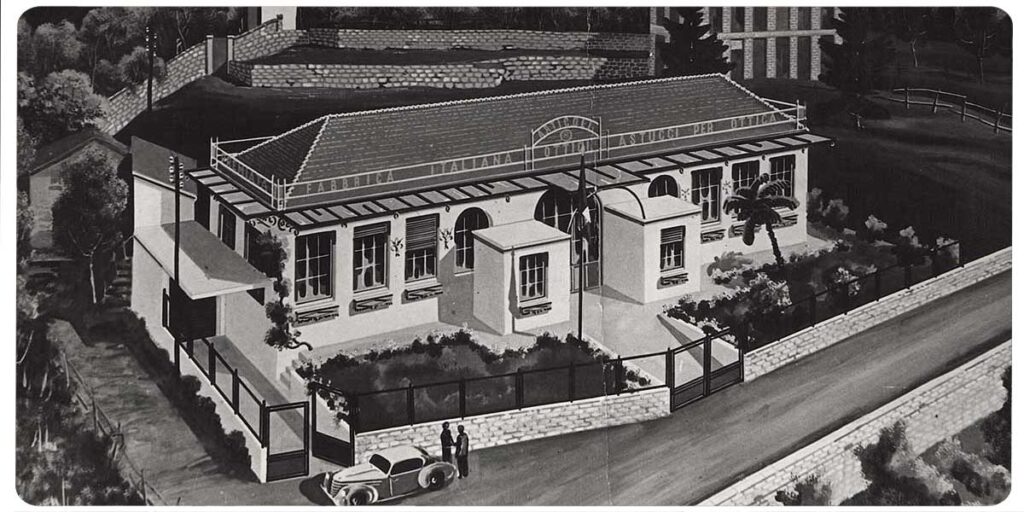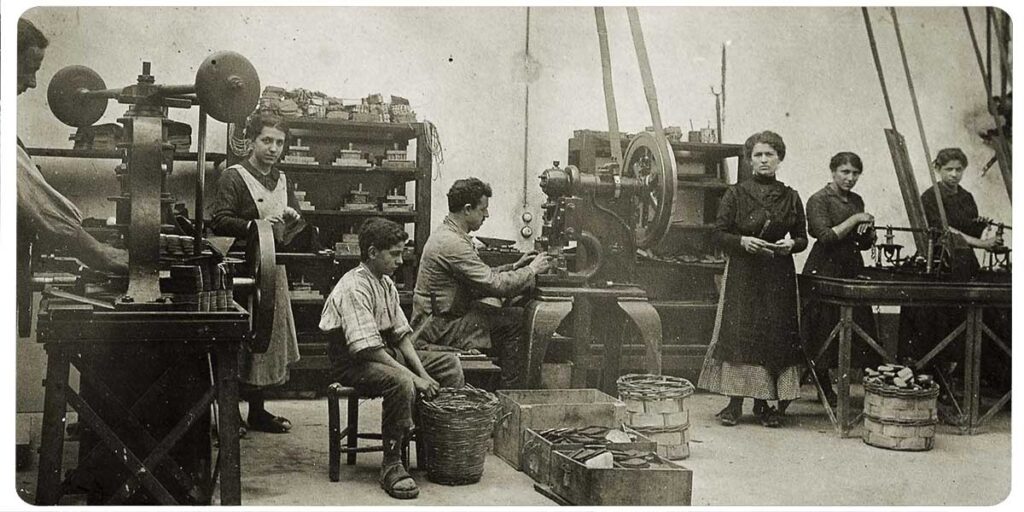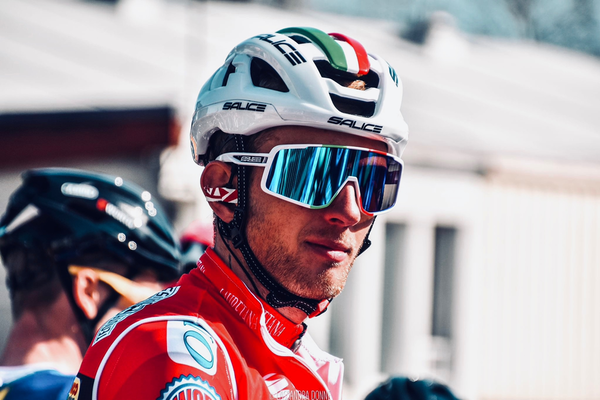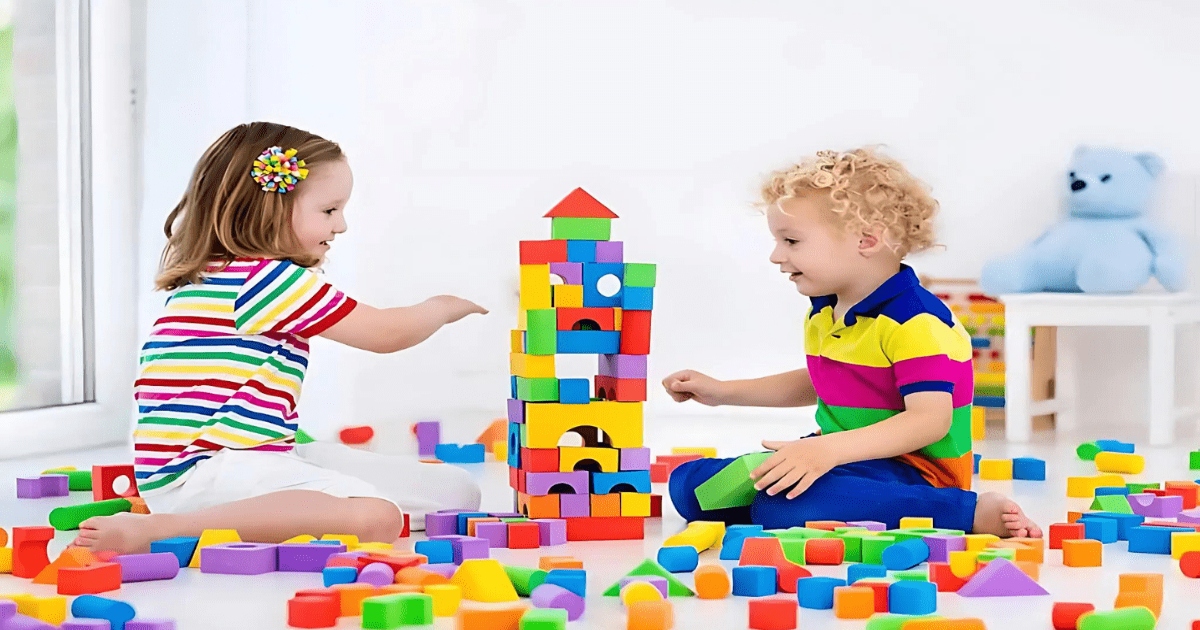
Did you know that there are 17 essential skills for success in reading, writing, sports, and practically all of your daily activities?

Check out the list below to gain a better understanding of how each visual skill is necessary for functional vision.
- Eye Movement Control is the ability to move both eyes together, to focus on an image, or path. Each eye has six muscles that work together to control eye movement and position.
- Binocular Coordination is the ability of the two eyes to accurately work together, at the same time, as a team. If one eye is weaker than the other, the child may develop a lazy eye.
- Saccades are quick, simultaneous movements of the two eyes between two or more focus points. This skill is essential for reading words and sentences across a page.
- Pursuits are smooth movements of the two eyes between two focus points. This skill is required for moving between paragraphs on a page. Even looking up at the teacher and then back down to the class notes.
- Convergence is the ability of the two eyes to work together as a team, to turn in towards the nose and focus on a book or computer screen. This skill is essential for academic success.
- Accommodation Flexibility is the ability of the eye to continuously change its focus between near and distant objects. This skill is needed for simultaneously seeing the blackboard clearly and then quickly changing focus to be able to read your class notes.
- Accommodation Endurance is the ability of the eyes to maintain focus for reading and other close vision tasks over extended periods of time. This skill is required for homework and for using a computer or laptop for many hours.
- Visual Memory is the ability to remember information such as words or images that have been seen in the past. Poor short-term visual memory can cause difficulty copying notes from the board and spelling difficulties.
- Visual Thinking, (also known as visual/spatial learning or picture thinking), is the ability to think and analyze what you have seen. This skill is needed for comprehension and math abilities.
- Central Visual Acuity is the ability to see clearly and accurately. This skill is measured with the term 20/20 vision, the benchmark measure for “perfect” vision.
- Peripheral Vision (Side Vision) is the ability to see objects around us without having to turn our heads.
- Depth Perception is the ability to discern whether objects are closer or further away, in relation to one another. This skill is especially important for both academic and athletic performance.
- Color Perception is the ability to discriminate between colors. This skill is important for accurate interpretation of color-coded materials (such as charts and graphs).
- Gross Visual-Motor is the ability to move through space using your visual information to guide you. Preventing you from bumping into things. This skill is essential for playing sports.
- Fine Visual-Motor is the ability to engage in close-up activities with accuracy by using your visual information (i.e. reading, writing, sewing, texting, etc.)
- Visual Perception is the awareness of your environment and what is going on around you in your visual field (what you can see). This skill measures your total width of vision.
- Visual Integration is the ability to combine your vision with your other senses, to perform complex tasks (i.e. copying, reading while walking on a balance beam, threading a needle, tying shoe laces, catching or hitting a ball, etc.)
If you think you or your child may be presenting with signs of reduced visual skills, schedule an appointment for a comprehensive examination here.
Source: optometrists.org
